A year ago I wrote about the Paradise Apple, the apple of the Celts, and the apple of legend. I’ll let you read it again, and then I’ll show you the happy second chapter in this story!
All apple trees are grafted on a root. The tree is chosen for its apples and the root for its growth characteristics. These days, an apple called M9, for Malling 9, after the English Horticultural Research station it was selected at around a century ago, is used for most rootstocks. Its advantages are small tree size, early bearing, and large fruit. Its disadvantages are small tree size, susceptibility to heat and frost damage, poor conductivity of water, and constricted nutrient flow. Still, its small size and precocity are a great advantage, even if you have to spend a fortune on wires and posts to hold it up. And when your workers get them in crooked, well, everyone has to look at it for fifteen years, don’t they.
And that slow water flow can lead to sunburn, such as on these ambrosias.
That’ll cost you. If you graft your orchard in too big a hurry, with workers who can’t tell the difference, you get rootstocks growing instead of trees. Here’s an M9 producing away (the yellow apples on the branch; not the thinned-off apples on the ground.)
And here.
The irony is that the M9, and nearly all apple rootstocks, are from a species called Malus pumila, or the Paradise apple. They’re not all small like this, but they are all native to Europe. These are the wild apples of legend, and they are rich with seeds. I’m going to have to rig up a way to get into this orchard and pick up those apples. They used to be cultivated throughout Europe, back when you made cider out of pasture apples and didn’t much care about them keeping or tasting sweet on a dessert plate. For dessert, you had cider! Those seeds might, on an off-chance, combine the sweetness of the Ambrosia or Royal Gala in the rest of the block, with the ancient celtic heritage of these fruits. It’s time to rescue our ancestors from their bondage to the grafting knife and the colonial farm!
And here, look who came home with me today:

The bruises are from jamming these paradise apples in my pockets!
The little one on the left was crossed with a red-fleshed apple (the size is incidental). I have great hopes for her seeds. The others were crossed with a strain of red Gala. Perhaps they will have some sweetness from the Golden Delicious in there? Or some sour honey from the Cox Orange? Or some keeping quality and mystery from the Newtown Pippin in there, too? Or maybe some floral sugars from the Red Delicious? (A Gala is a tangled cross.) At any rate, it will be fun to see what comes. As it stands now, you could do worse than planting a cider hedge with these “rootstocks.” They would make a fine base. They have a fine light sugar, a slight tang of acid, and some fine tannins as well. Perhaps the red-fleshed cross will make that more sprightly, but any way you shape it, there’s a delicacy here that is rare in a modern apple. And they grow as hedges, not as trees: that would make them perfect for being protected from deer by hawthorns or roses.
Categories: Agriculture, Cider, Nature Photography, Open Agriculture



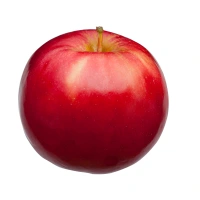
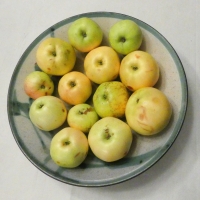

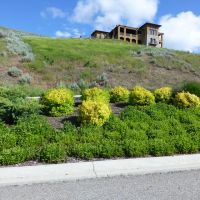

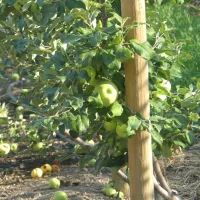
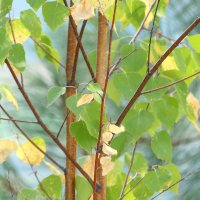
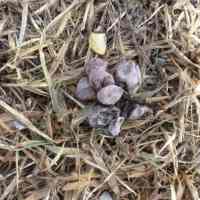
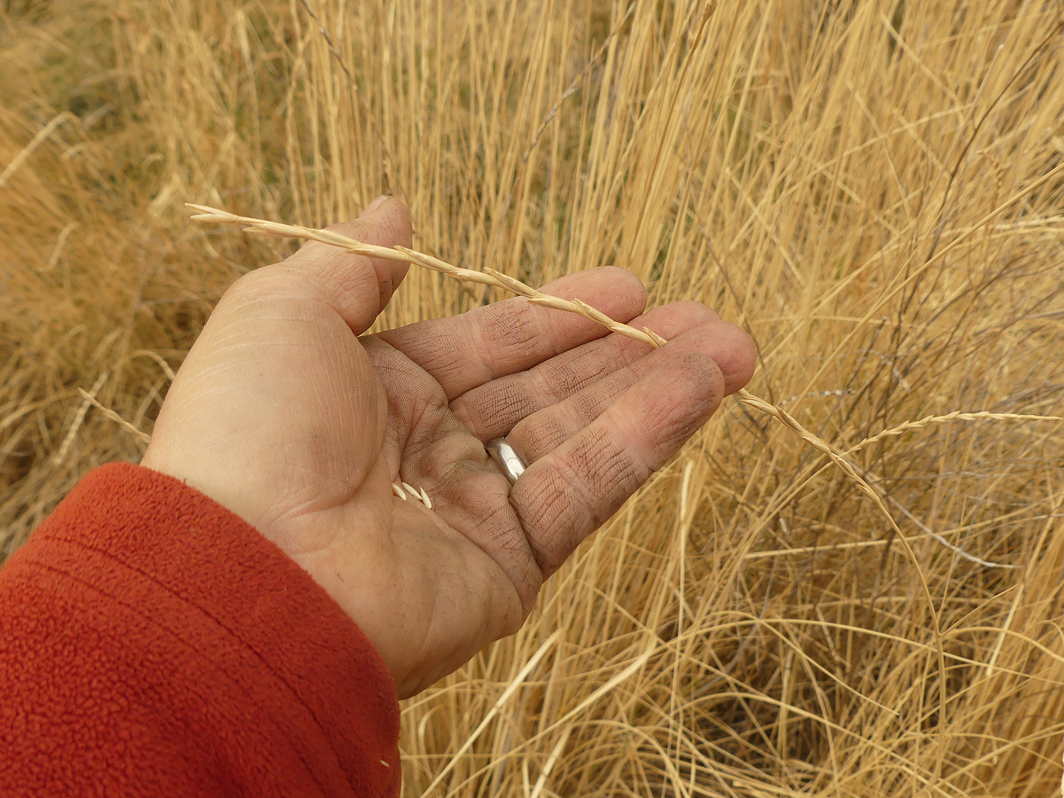






Have you read Botany of Desire? There is a wonderful chapter on the many journeys of the apple in there.
LikeLike
Thanks for the tip. I collect apple journey books! I’ll look for it.
LikeLike
Wild apples galore dropping in my yard, but none to compare with the ones on the side of your roads!
LikeLike
I bet they’re all beautiful!
>
LikeLiked by 1 person
We live on property which was an old farm with Apple orchard. We have a very very old Paradise Apple tree. She (I call the tree) maybe around 150 years old however we are not sure. A couple friends took some suckers and used them as root stock. We have two new trees growing and with your information maybe we will carry be able to have apples again. We know very little about growing Apple trees!
LikeLike
I’d love to see some pictures of your trees, young and old! Maybe I can help with the tree somehow. Feel free to reach out.
LikeLike
We purchased an old farm and it came with a Paradise Apple tree. It’s starting to bloom like crazy, but will it actually produce apples? Does it need a pollinator?
LikeLike